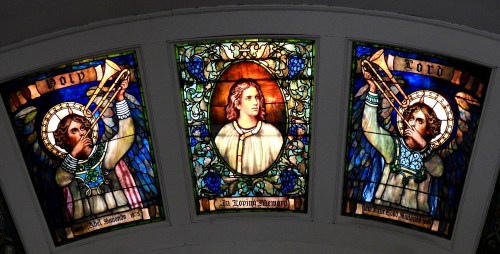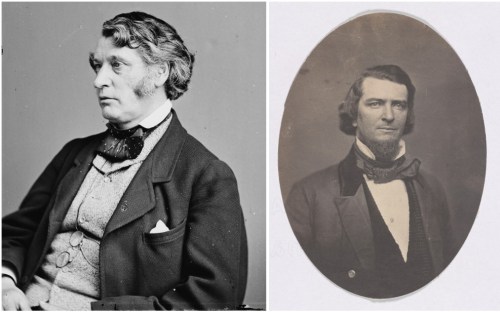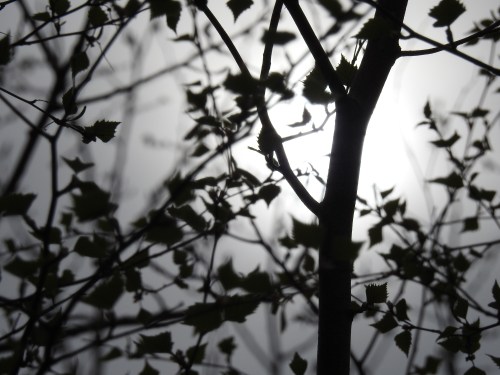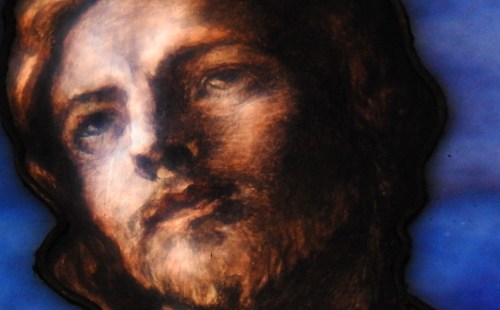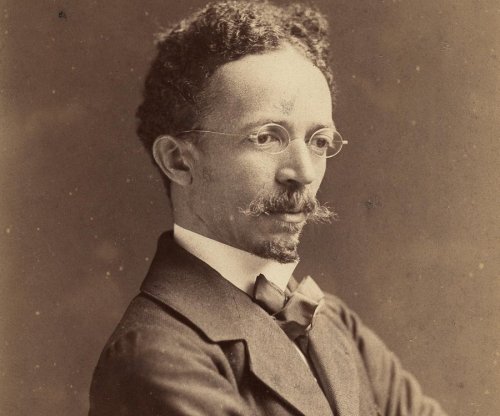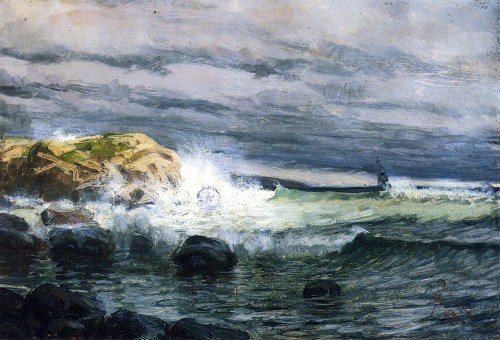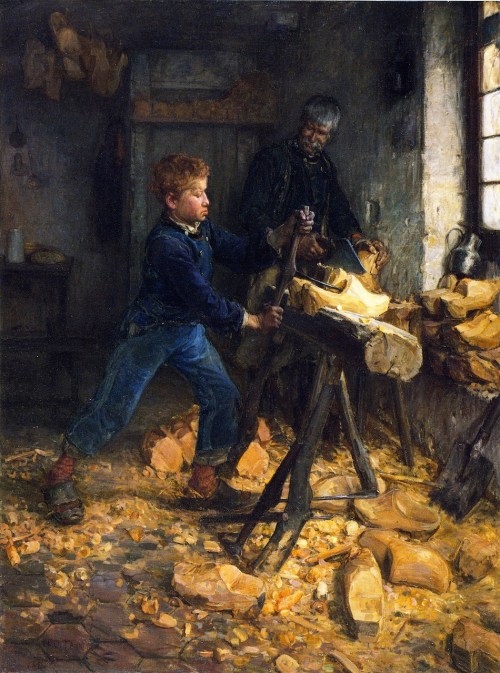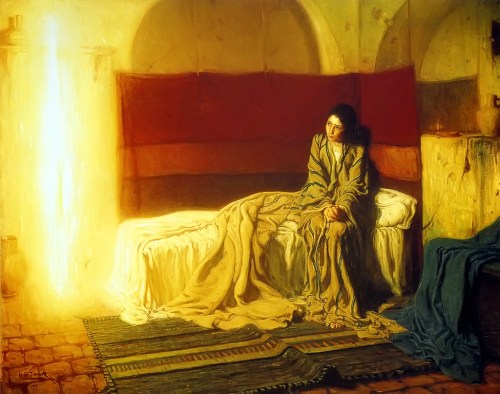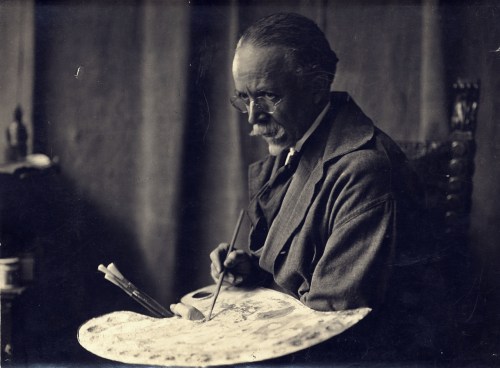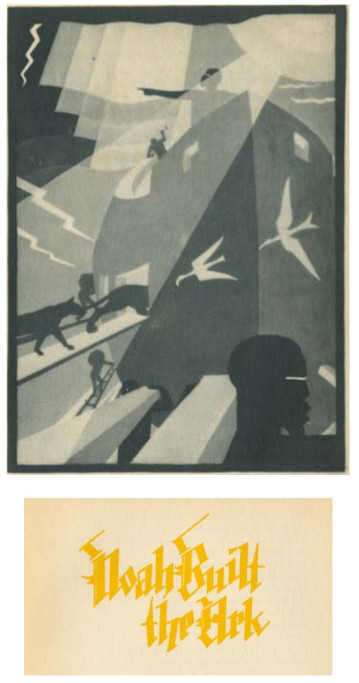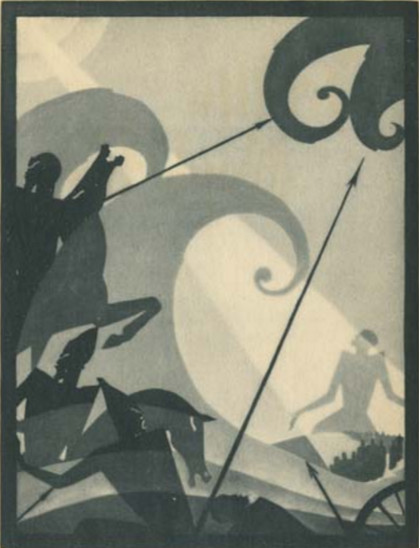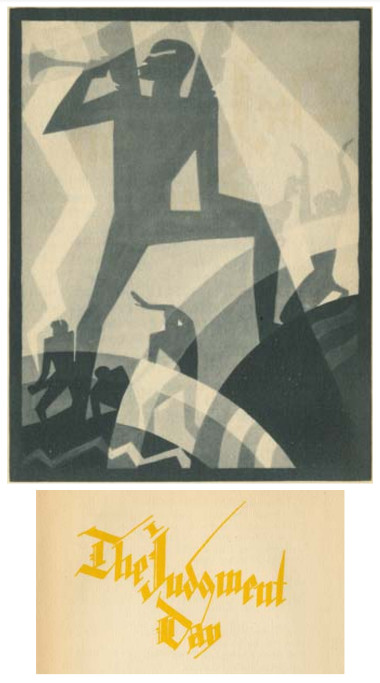
Exterior of the Scrovegni Chapel, also known as the Arena Chapel, in Padua, Italy
This particular walk (or ramble) through history began after reading a footnote by stained glass historian Virginia Raguin. In her online history of stained glass in America, there is a footnote that reads, “Client and patron intermingled intellectually and socially; Brooks, H. H. Richardson, and La Farge had viewed Giotto’s Arena Chapel in Padua together. See John La Farge, The Gospel Story in Art (New York, 1913, repr. 1926), 279. ” I first learned of Reverend Phillips Brooks, architect H. H. Richardson and painter and stained glass designer John La Farge through their creative collaboration that produced the National Historic Landmark Trinity Church in the City of Boston. But what were they doing hanging out socially? What was The Gospel Story in Art that, if indeed it was published in 1913, it was done so after La Farge’s death? Who was Giotto and was there something special about his Arena Chapel?
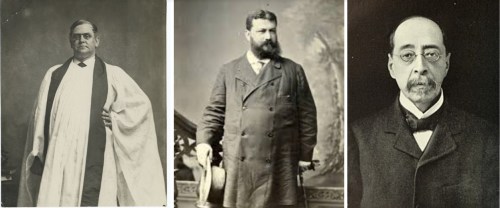
Phillips Brooks (1835-1893), Henry Hobson Richardson (1838-1886), John La Farge (1835-1910)
The first question is easy to answer. Born in the 1830’s, these gentlemen were of a generation. Though ostensibly from very different backgrounds, they were each members of a larger social class that would have socialized in the U.S. and abroad. With earned and/or inherited family wealth, they were expected to travel … the oceans were no barrier to lengthy tours of Europe, Asia and the Middle East. The men were also connected by their attendance and/or connection to elite schools like Harvard, Yale and Princeton. They would have attended the same literary and art salons in Boston, New York and elsewhere. Richardson and Brooks were friends long before Richardson entered the competition to build the new Trinity Church in Copley Square. And Richardson and La Farge were well-acquainted long before La Farge was asked to orchestrate the interior decoration of the new church. It would not be unheard of for these three men to be meandering about Europe and somehow meet up at a church. As for the second question …

Painting of Mary Caldawader Jones, and self-portrait of John La Farge
Apparently, The Gospel Story in Art, was a labor of love for La Farge that he never completed. Today La Farge is most well-known for his stained glass windows but he began his career as a painter and muralist. Throughout his life he studied art (even when he thought he was to become a lawyer), and eventually he would become a prolific writer and lecturer on the subject. La Farge died in 1910 but his friend New York socialite and philanthropist Mary Caldawader Jones compiled his work, with the illustrations that he used as reference for his text, and had the book published in 1913. In the preface she explains that La Farge “had cherished the wish to write a book on the representation of the Christian story in art, a work for which few men were so well-fitted. Born and educated in the older faith of Christendom, he brought to his task not only the reverence of a believer, but also full knowledge of the widely different forms through which the life of Christ has been expressed by artists.”

I found the reference on Page 297 referred to in the footnote, and, if I do the math correctly based on some other information I know, the three men likely stood in that chapel in 1882. Yet I know from other letters, memoirs, etc. that at least Brooks and La Farge had visited the chapel earlier in their lives, La Farge in 1856 just as he was beginning his artistic studies in Europe, and Brooks possibly in 1865 as he took a respite from preaching in Philadelphia. The young La Farge was so moved by what he saw that, once back in the U.S., he purchased etchings of Giotto’s paintings.
By 1872, Brooks was Rector of Trinity Church in Boston. His friend Richardson was overseeing construction of the new church. They’d discuss wanting the interior to be colorful, atypical of a traditional Episcopal church. When, in 1876, they commissioned John La Farge to decorate, did they reference Giotto and the chapel in Padua?

decorative detail of wall inside Trinity Church
H. H. Richardson died in 1886, and his friend Phillips Brooks passed away in 1893. Whenever the two men had stood in the Padua chapel with La Farge, this is what La Farge remembered of the moment in The Gospel of Art. “Let us turn once more to Giotto, as the greatest of all those who represent the history of Our Lord. …
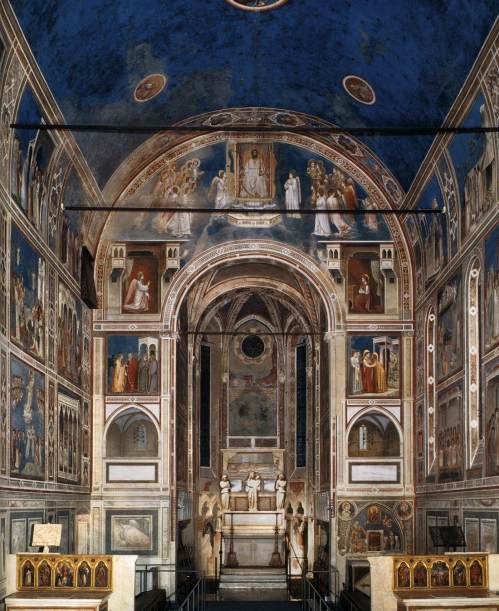


In his book, La Farge references Giotto (c. 1267-1337), an Italian painter and architect, at least 49 times. He includes excerpts by Leonardo about Giotto as a leading figure in resurrecting art“…it was in truth a great marvel that from so rude and inapt an age Giotto should have had strength to elicit so much that the art of design, of which the men of those days had very little, if any, knowledge, was, by his means, effectually recalled into life.” A noted painter during his day, Giotto’s work in the Scrovengi Chapel, also known as the Arena Chapel, is considered his masterpiece. Frescoes depict the life of Mary and Jesus.

detail from Last Judgment fresco
La Farge writes:


scene from the life of Joachim
“Were we to stand before the painting of Giotto in Padua, we should find it difficult to realize, in our present habit of passing over legends, how important these legends once were …”

detail from the Ascension
“If a movement of line can give the impression of sound, Giotto has done it … “

angel
In earlier essays in his life, La Farge describes how his youthful travels in France and Italy, and in England among the Pre-Raphaelites, influenced his understanding and use of color. But only in this book do I suspect that he rhapsodizes about Giotto in a book that is about art and perhaps about La Farge’s connecting with his faith. One can only wonder what lasting impressions were made when a 21-year old La Farge first walked into that church.
Sources & Additional Reading
https://en.wikipedia.org/wiki/Scrovegni_Chapel
https://en.wikipedia.org/wiki/Giotto
https://en.wikipedia.org/wiki/John_La_Farge
https://en.wikipedia.org/wiki/Henry_Hobson_Richardson
https://en.wikipedia.org/wiki/Phillips_Brooks
http://college.holycross.edu/RaguinStainedGlassInAmerica/Home/index.html
http://college.holycross.edu/RaguinStainedGlassInAmerica/Museum&Church/Museum&Church.html
Image Metropolitan Museum of Art, Mary Cadwalader Rawle Artist: William Oliver Stone (1830–1875) Date: 1868 Medium: Oil on canvas Dimensions: Oval: 12 x 10 1/2 in. (30.5 x 26.7 cm) Classification: Paintings Credit Line: Gift of Mrs. Max Farrand and Mrs. Cadwalader Jones, 1953
The Gospel Story in Art by John La Farge page 297
The Gospel Story in Art (Archive.org)
Web Gallery of Art: Frescoes in the Cappella Scrovegni (Arena Chapel), Padua









